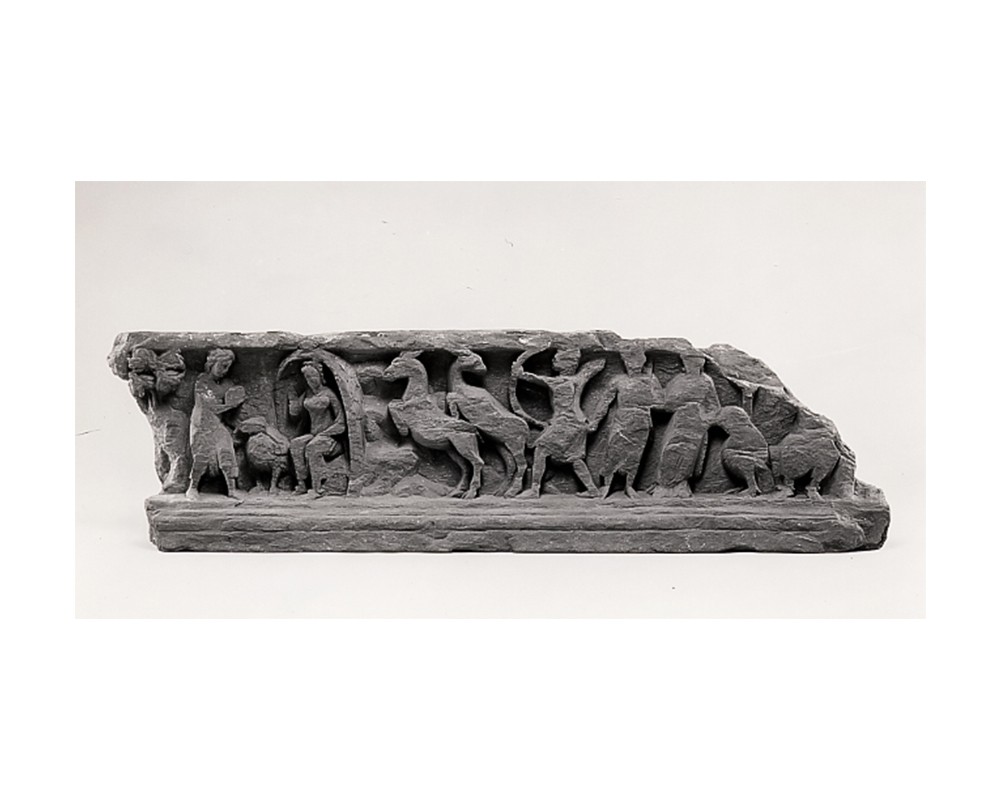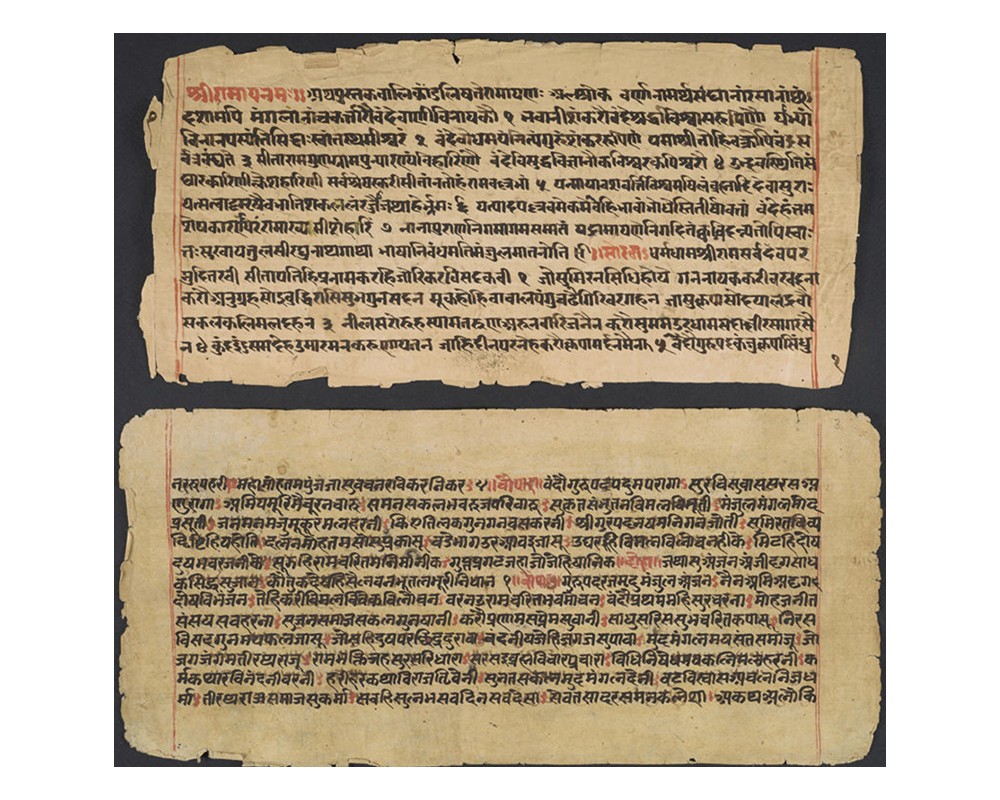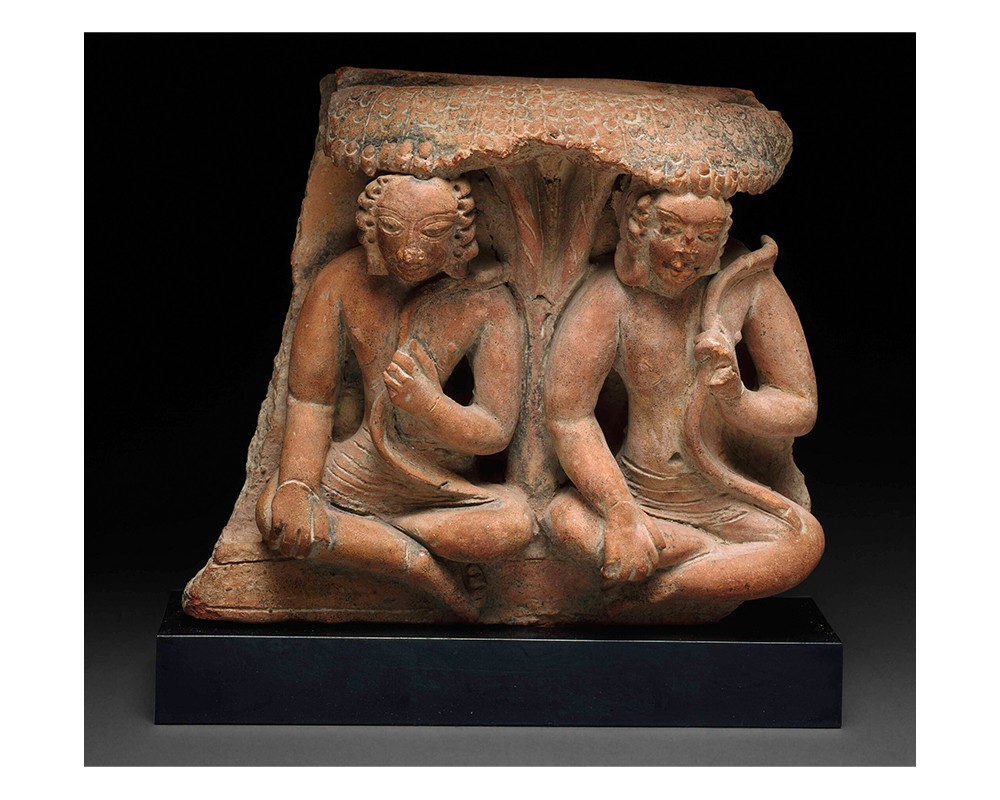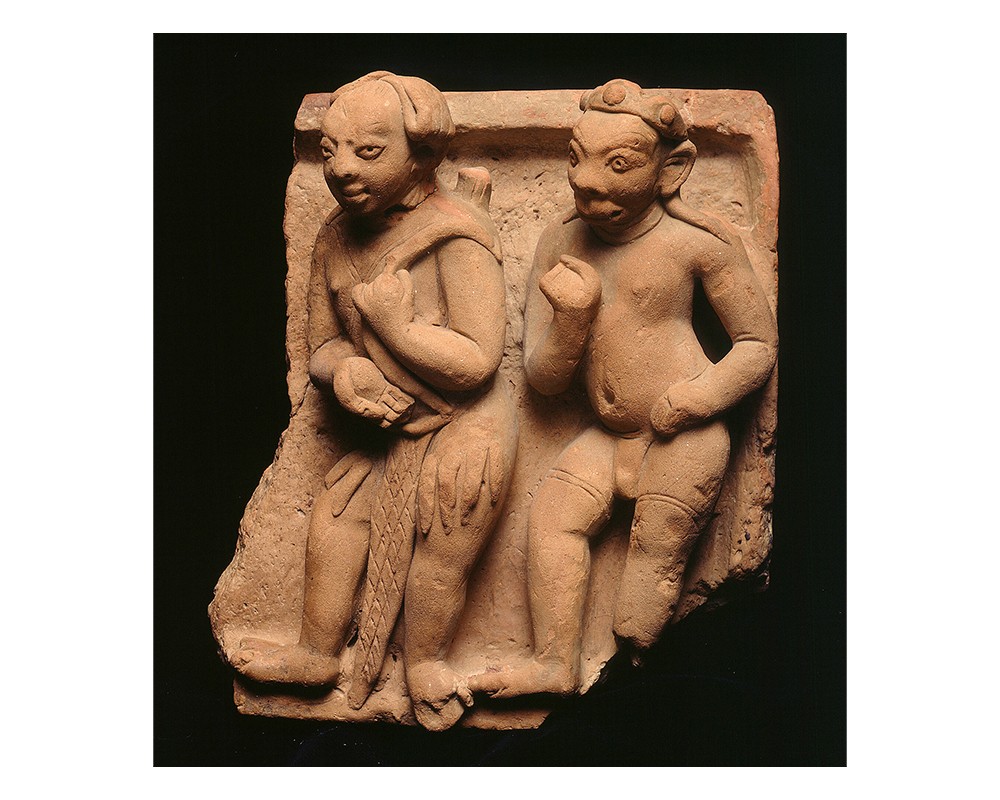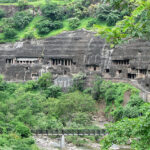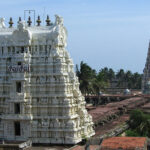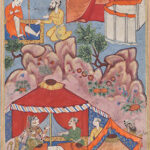Influential Recensions of the Ramayana and Mahabharata
100 CE
Deriving from oral traditions possibly dating back to the fifth and fourth centuries BCE, the Hindu epics Ramayana and Mahabharata are shaped around this period into their most influential forms surviving into the present day. They will be expanded over the centuries to include geographical, aesthetic, religious and cultural details, retaining their relevance into the twenty-first century. The popularity of the Ramayana in particular will be suggested by the numerous variations of the epic, such as a Buddhist retelling from the Pali canon, Dasaratha Jataka; a Jain retelling in Prakrit named Paumachariu; a Tamil version by Kamban named Ramavataram, from the twelfth century; and an Awadhi composition, the Ramcharitmanas by Tulsidas, from the sixteenth century.
Bibliography
Collins, Steven. “What Is Literature in Pali?” In Literary Cultures in History: Reconstructions from South Asia, edited by Sheldon Pollock, 649–88. Berkeley, CA: University of California Press, 2003.
Cort, John E. Framing the Jina: Narratives of Icons and Idols in Jain History. Oxford: Oxford University Press, 2010.
Singh, Upinder. A History of Ancient and Early Medieval India: From the Stone Age to the 12th Century. New Delhi: Pearson, 2016.
Feedback 
This entry appears in
Art in South Asia
Visit Timeline
Associated Timeline Events
First Published: March 11, 2024
Last Updated: July 2, 2024



